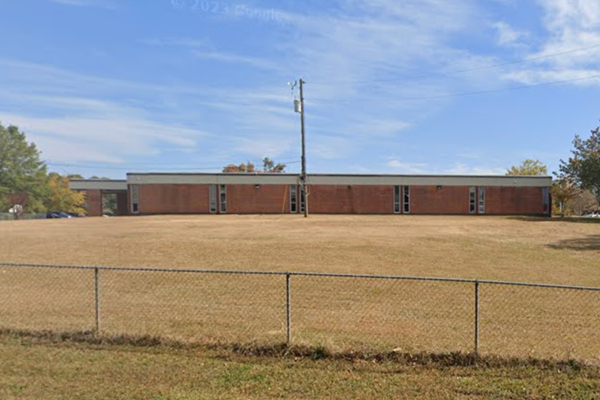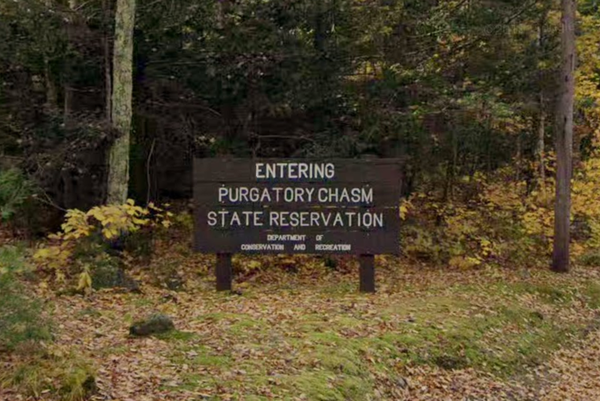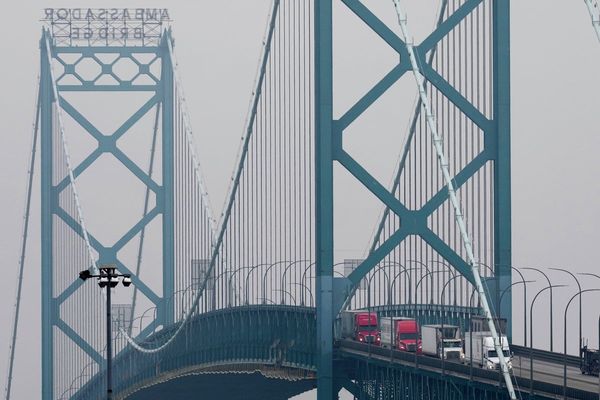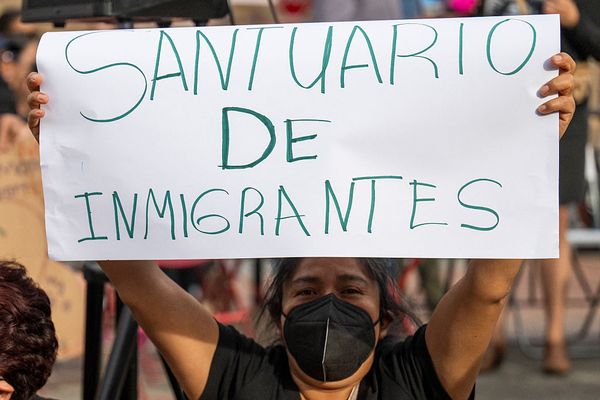
The US agency charged with overseeing nuclear weapons is looking to contact workers who were fired on Thursday as part of the Trump administration’s federal cost-cutting measures, but are now needed back.
Officials with the National Nuclear Security Administration (NNSA) attempted to notify some probationary employees who had been let go that they are due to be reinstated – but they struggled to find them because their contact information was missing.
“The termination letters for some NNSA probationary employees are being rescinded, but we do not have a good way to get in touch with those personnel,” the agency said in an email, obtained by NBC News.
“Please work with your supervisors to send this information (once you get it) to people’s personal contact emails,” the notice added.
The NNSA, which sits within the department of energy, oversees the Lawrence Livermore national laboratory in California, which is responsible for the safety and reliability of nuclear warheads; the Los Alamos national laboratory in New Mexico; the Pantex plant in Texas; the Y-12 national security complex in Tennessee, a source of enriched uranium nuclear weapon components; and other sites.
Send us a tip
If you have information you’d like to share securely with the Guardian about the impact of cuts to federal programs, please use a non-work device to contact us via the Signal messaging app at (646) 886-8761.
The agency runs off a $25bn annual budget, and is now overseeing a weapon modernization program. It currently employs more than 65,000 federal and contract employees nationwide. The US is projected to spend approximately $756bn on nuclear forces between 2023 and 2032, according to a congressional budget office report.
Last year, the Biden administration approved a US nuclear strategy to prepare for possible coordinated nuclear confrontations with Russia, China and North Korea. Two years earlier, the same administration amended the longstanding “no first use” policy.
The 2022 US nuclear posture review said the US nuclear arsenal “is intended to complicate an adversary’s entire decision calculus, including whether to instigate a crisis, initiate armed conflict, conduct strategic attacks using non-nuclear capabilities, or escalate to the use of nuclear weapons on any scale”.
Last week, Trump said he wants all countries to move toward denuclearization once “we straighten it all out” in the Middle East and Ukraine.
“There’s no reason for us to be building brand-new nuclear weapons. We already have so many,” Trump said on Thursday at the White House. “You could destroy the world 50 times over, 100 times over. And here we are building new nuclear weapons, and they’re building nuclear weapons.”
“We’re all spending a lot of money that we could be spending on other things that are actually, hopefully, much more productive,” he said.
As of September 2023, the US maintains 3,748 nuclear warheads, a decrease from the stockpile of 22,217 nuclear warheads in 1989 and 31,255 in 1966, according to the Department of Energy.
Russia has an estimated stockpile of 4,380 nuclear warheads, and China boasts an arsenal of roughly 600, according to the Federation of American Scientists.
Trump signaled his interest in denuclearization talks with Russia and China at the World Economic Forum in Davos, Switzerland, last month.
“Tremendous amounts of money are being spent on nuclear, and the destructive capability is something that we don’t even want to talk about today, because you don’t want to hear it,” Trump said on 23 January.







